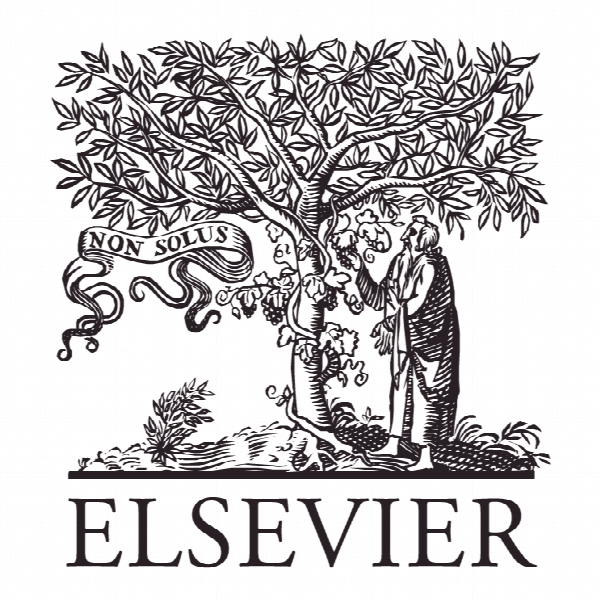انتخاب استراتژی های کنترل پروژه مشتری در معاملات شخص به سازمان Selecting client’s project control strategies in person-to-organization transactions
- نوع فایل : کتاب
- زبان : انگلیسی
- ناشر : Elsevier
- چاپ و سال / کشور: 2017
توضیحات
رشته های مرتبط مدیریت
گرایش های مرتبط بازاریابی
مجله بین المللی مدیریت پروژه – International Journal of Project Management
دانشگاه بخش ساخت و ساز و املاک، جنوب شرقی، چین
نشریه نشریه الزویر
گرایش های مرتبط بازاریابی
مجله بین المللی مدیریت پروژه – International Journal of Project Management
دانشگاه بخش ساخت و ساز و املاک، جنوب شرقی، چین
نشریه نشریه الزویر
Description
1. Introduction Formal and informal controls are common methods for managing projects (e.g., Choudhury and Sabherwal, 2003; Gyawali et al., 2013; Kirsch, 1997; Nieminen and Lehtonen, 2008; Tuuli et al., 2010). Prior studies examined the drivers and consequences of control strategies (Liu, 2015; Liu and Deng, 2015; Liu and Wang, 2016; Tuuli et al., 2010), the interplay between formal and informal controls (Piccoli and Ives, 2003) and portfolio of control strategies (Choudhury and Sabherwal, 2003; Kirsch, 1997). One key theme of the research stream is to investigate the conditions under which the control strategies are appropriate to cope with project hazards (e.g., Kirsch et al., 2002; Stump and Heide, 1996). The selection of control strategies could be explained by the agency theory (Eisenhardt, 1985) and transaction cost economics (TCE) theory (Williamson, 1985). In the agency theory, the choice of control strategies depends on project characteristics (i.e., task programmability and output measurability) (Eisenhardt, 1985) and controller’s knowledge (Kirsch et al., 2002; Turner and Makhija, 2006). TCE provides another lens to look into project characteristics, arguing that transaction costs depend on a combination of three project features, namely asset specificity, uncertainty and transaction frequency (Dekker, 2004). These two theories mainly consider project characteristics and control strategies as independent and dependent variables respectively. Although control strategy selection highlights project characteristics and project-related knowledge (e.g., Ning and Ling, 2015; Turner and Makhija, 2006), we know little about how perceived legal enforceability influence control strategies (Bai et al., 2016; Wang et al., 2016). This study seeks to provide a more nuanced understanding of control strategy selection through exploring how project characteristics (i.e., quality performance ambiguity), project-related knowledge and perceived legal enforceability influence control strategy selection. Quality performance ambiguity is highlighted as it is often companied with shirking and opportunism in the project development (Gray and Handley, E-mail address: cqningyan@gmail.com. 2015), which requires appropriate control strategies to cope with.


